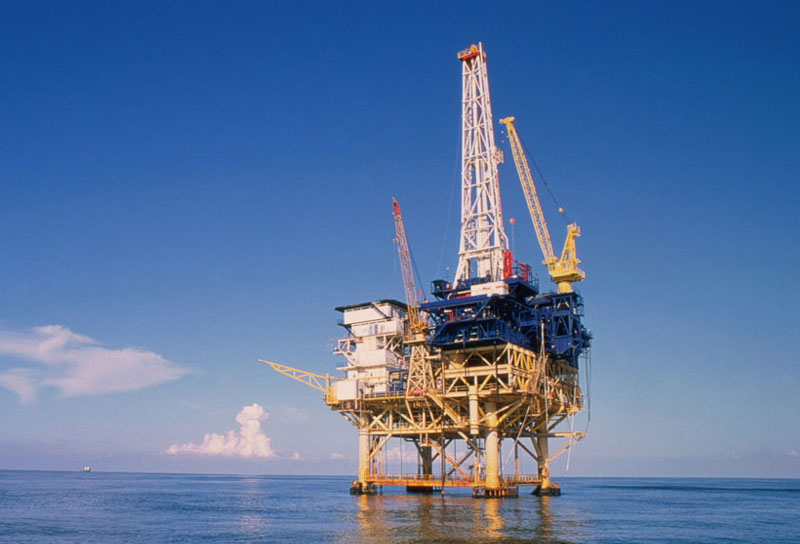
Most oil and gas company’s business structures are segmented and organized according to business segment, assets, or function.
The upstream oil and gas segment is also known as the exploration and production (E&P) sector because it encompasses activities related to searching for, recovering and producing crude oil and natural gas.
Upstream Oil and Gas – Exploration, Drilling, Production
The upstream segment is all about wells: where to locate them; how deep and how far to drill them; and how to design, construct, operate and manage them to deliver the greatest possible return on investment with the lightest, safest and smallest operational footprint.
Exploration
The exploration sector involves obtaining a lease and permission to drill from the owners of onshore or offshore acreage thought to contain oil or gas, and conducting necessary geological and geophysical (G&G) surveys required to explore for (and hopefully find) economic accumulations of oil or gas.
Drilling
There is always uncertainty in the geological and geophysical survey results. The only way to be sure that a prospect is favorable is to drill an exploratory well. Drilling wells is physically creating the “borehole” in the ground that will eventually become an oil or gas well. This work is done by rig contractors and service companies in the Oilfield Services business sector.
Production
The production sector of the upstream segment maximizes recovery of petroleum from subsurface reservoirs. Production activities include:
Efficiently recovering the oil and gas in a producing filed using,
Primary and secondary recovery methods,
Tertiary, or enhanced oil recovery (EOR), also referred to as improved oil recovery (IOR), and Plug and abandonment, which marks the end of the productive life of a well. That event can occur anywhere from a few years after the well is drilled to five or six decades later.
Copyright ©2022 Designed By Emergine Technologies